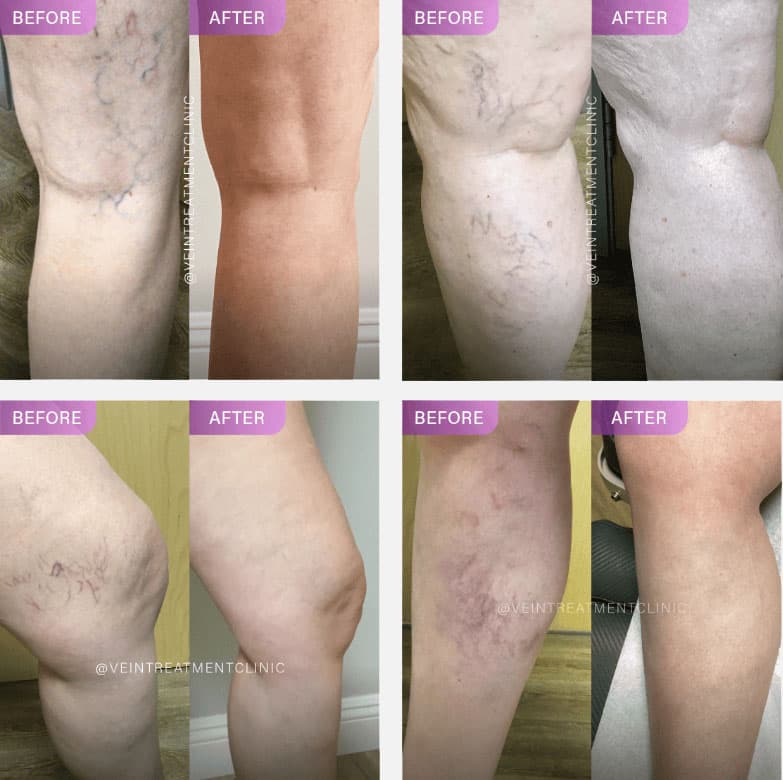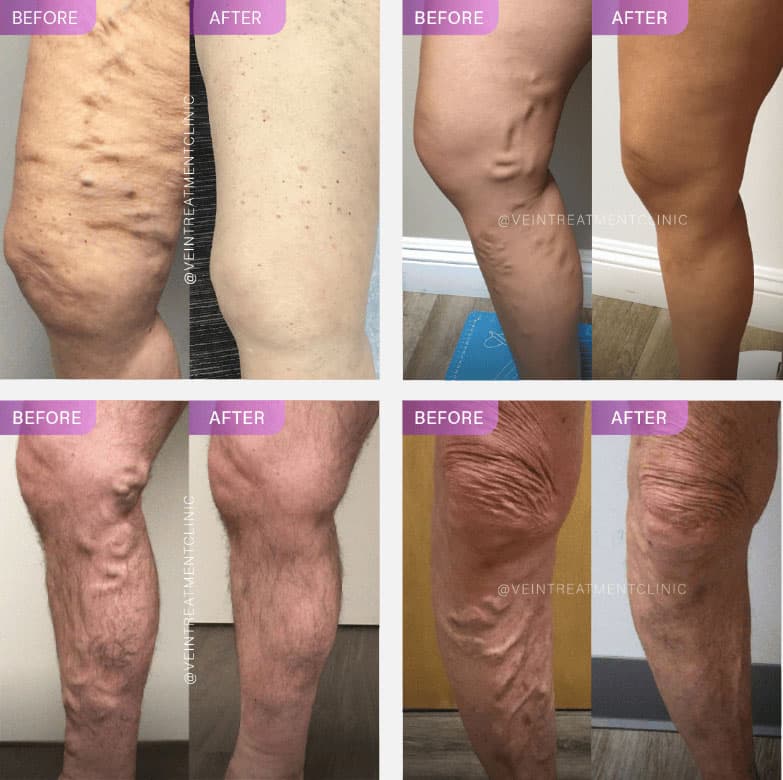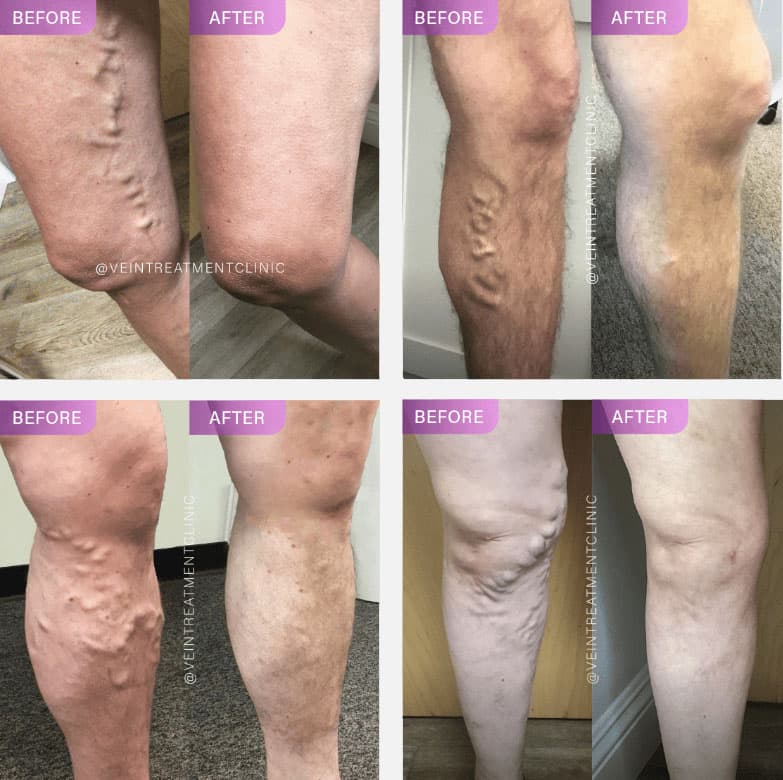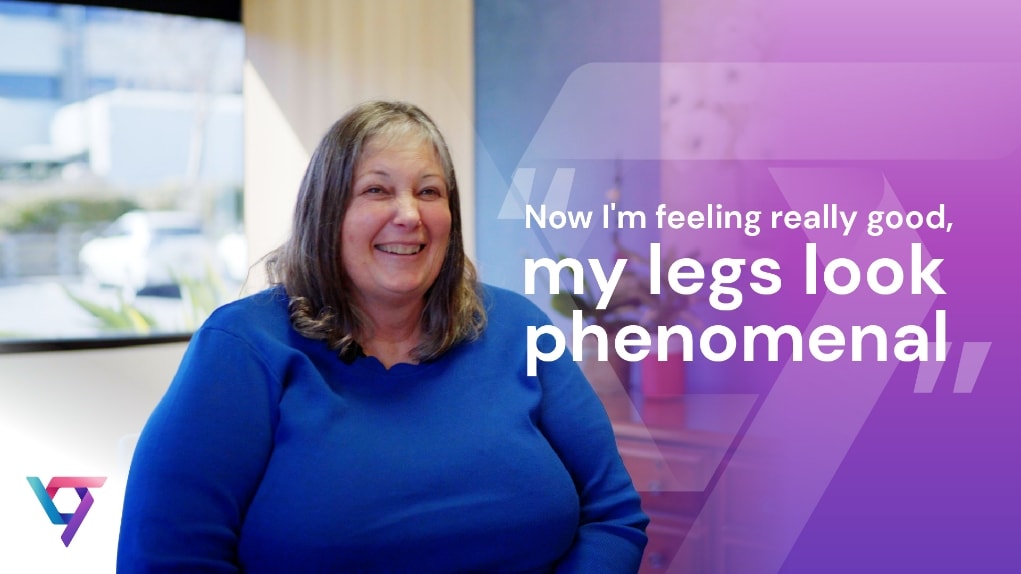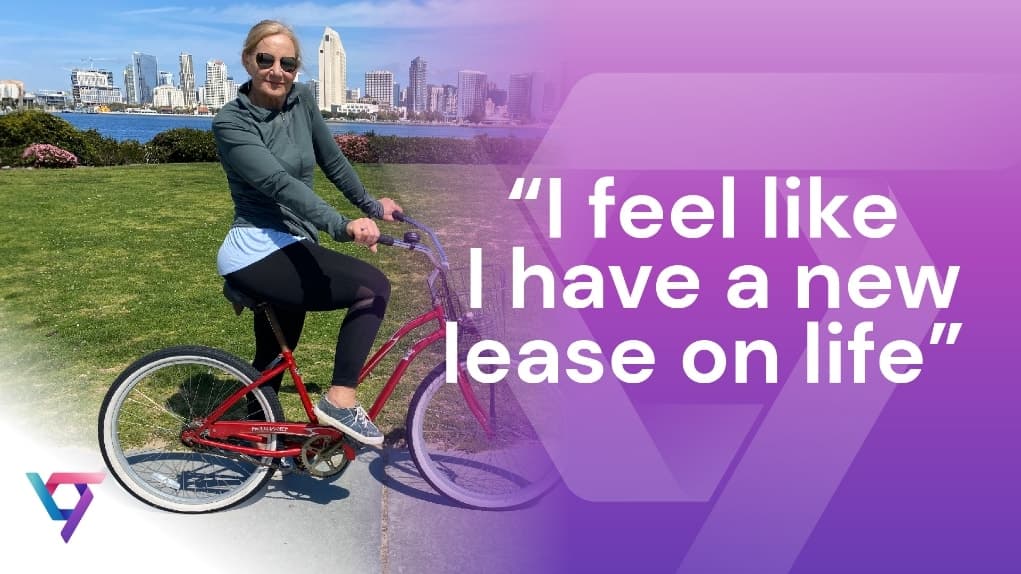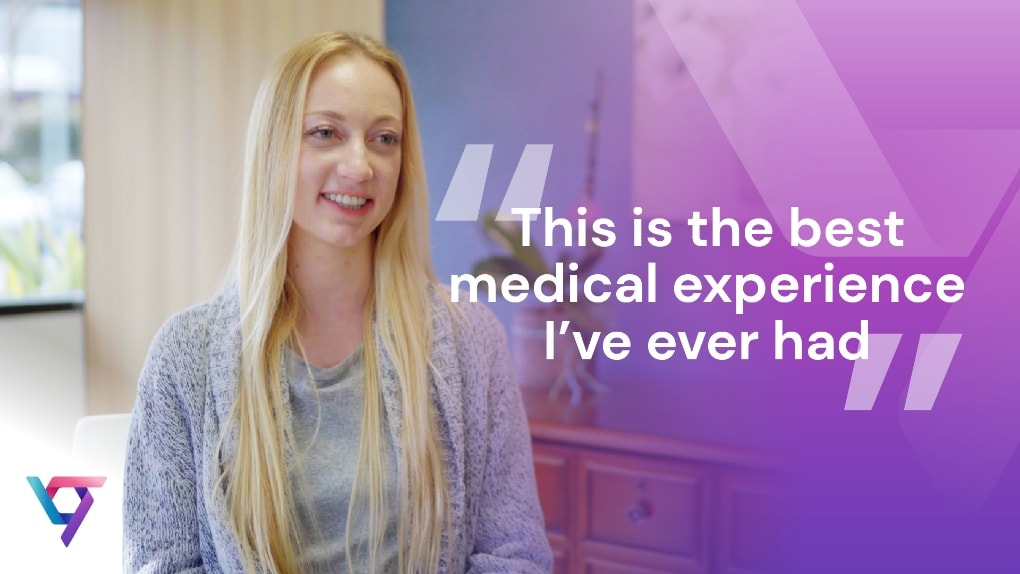See results
This is our Before/After gallery
Venous insufficiency must be treated in order to treat venous leg ulcers. You should also combine minimally invasive treatment choices with habits like leg elevation, increased movement, and weight loss. With the correct wound care, the ulcer itself should be treated. Compression bandages or stockings also aid in the correct healing of wounds. The treatments used to treat leg ulcers, spider veins, and varicose veins on the legs are shown here, and you can see how the outcomes vary from patient to patient depending on the condition. It is now clear that the same simple treatments used to treat varicose veins can effectively manage your ulcers.
Leg Ulcer
Treatment results
Closing unhealthful veins increased circulation and hastened ulcer healing. Leg ulcers caused by venous illness healed more quickly following early treatment with superficial vein ablation (closing the diseased veins without surgery) compared to usual therapy. People with ulcers like you felt a lot better after reading this!
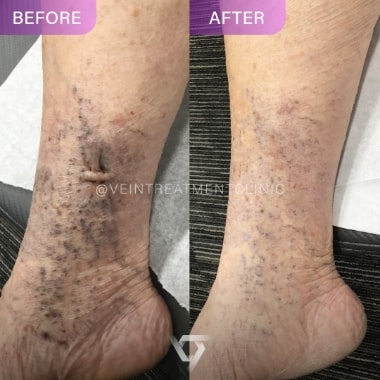
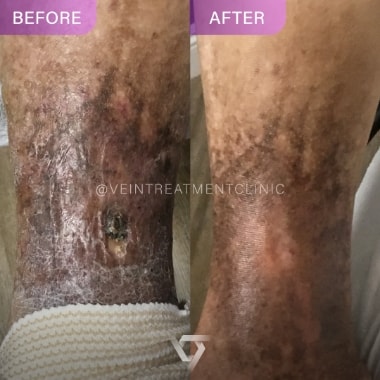
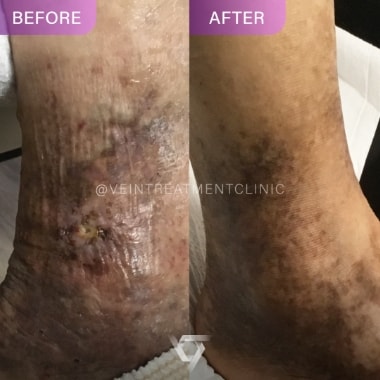
Spider veins
Treatment results
Innovative, minimally invasive spider vein treatment is a simple and convenient procedure called Sclerotherapy. We first use ultrasound technology to locate unhealthy veins to target with tiny injections.
- Customized treatment plan
- In-office, outpatient
- Non-surgical
- 15-30 minutes
- Minimal discomfort
- Very low risk
- Incredible success rate
- Zero downtime
Varicose veins
Treatment results
We approach varicose vein treatment with expert understanding of non-surgical treatment to ensure that we come to long-term solutions for painful, unsightly varicose veins. We offer minimally invasive varicose vein treatments:
- Outpatient
- Visible, enduring results
- Custom treatment plans
- Endovenous Laser Therapy (EVLT)
- Ultrasound-Guided Sclerotherapy (USGS)
- Radiofrequency Ablation (RFA)
- ClariVein
- VenaSeal


